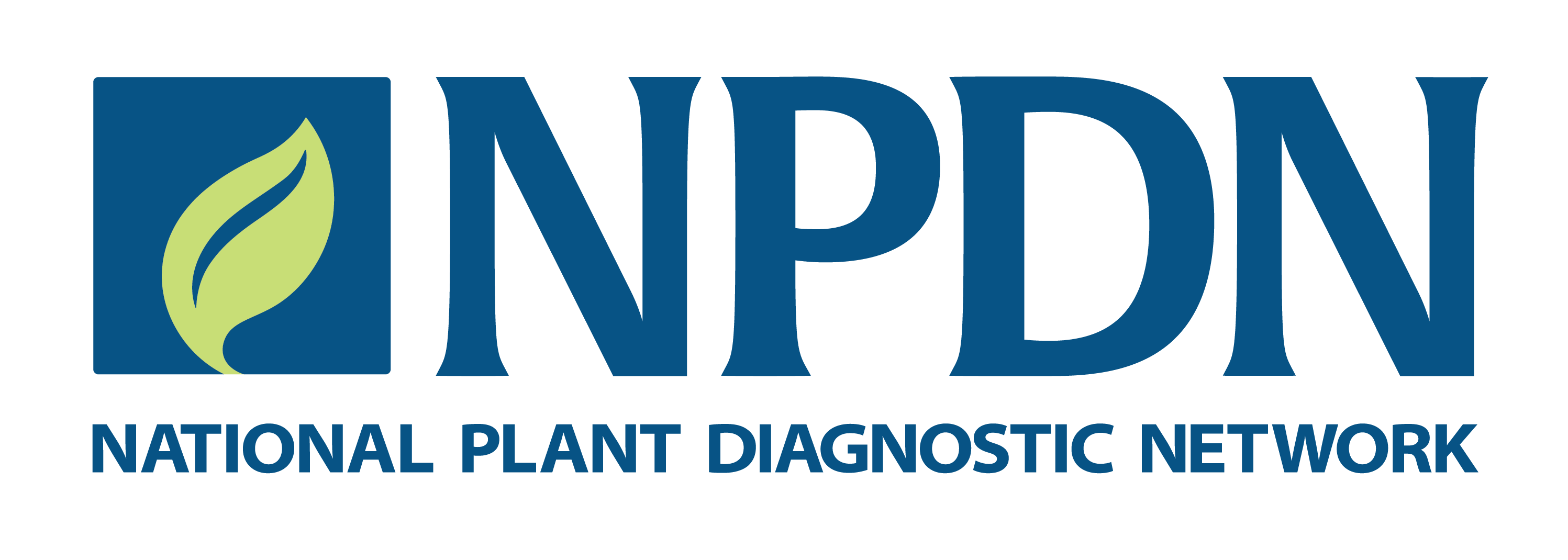Following the attacks against the U.S on September 11, 2001, it was determined that the country’s agricultural enterprise was also vulnerable and largely unprotected. The then Cooperative State Research Education and Extension Service (USDA CSREES) provided funding and leadership for homeland security related research, development, and outreach activities conducted by land grant universities and other partners. Among these projects were those funded by the National Research Initiative Plant and Animal Biosecurity Programs. These programs helped agricultural producers and professionals implement strategies to better safeguard American agriculture from potential foreign biosecurity threats and the American public from diseases that could be transmitted from animals to humans. Within that context, the NPDN was established by the USDA-CSREES from federal funds in 2002 to provide increased diagnostic capability to the nation’s agricultural system. CSREES was reorganized into the National Institute of Food and Agriculture (NIFA) in 2009.
Prior to the creation of the NPDN, information on new pests and diseases was often scattered, and communications on new outbreaks were poorly coordinated and inadequate. The funding and infrastructure supporting plant diagnostics in the country had degraded to a point that many state and university laboratories were understaffed, ill‐equipped and, in some cases, threatened with closure.
With the creation of NPDN in 2002, early accomplishments were able to change this trend: The NPDN National Data Repository was established to record endemic and emerging pests and diseases. Also, secure communications protocols were established among NPDN labs and regulatory agencies, and NPDN labs started supporting national, state, and local response to disease and pest outbreaks.
In its early years, the NPDN made significant investments to strengthen plant disease diagnostic labs throughout the country. NPDN funds were used to supplement state and regional commitments for salaries for technical staff, infrastructure (equipment, supplies, and, in some cases, lab renovation) and training in contemporary laboratory techniques. The support provided came at a crucial time for several labs, enabling them to continue to provide services after suffering severe funding cuts from traditional sources. As a result NPDN greatly enhanced capability and capacity of diagnostic labs through the US.
Since its inception NPDN has served as a model for efficiency, communication and integration across jurisdictions. In 2010, the NPDN was acknowledged with the USDA National Institute of Food and Agriculture (NIFA) Partnership Award for Innovative Program Models. Officials in countries in the Middle East, Latin America, Europe and Canada expressed interest in developing similar programs.
A secure agricultural system requires the capability for rapid detection of outbreaks, accurate diagnoses of problems, secure communications of sensitive information, and early response to minimize impact of new pests or pathogens. NPDN developed and implemented programs to address these needs. NPDN is not a research program and has been granted no regulatory authority for response during an outbreak. Local, state, and national response plans to contain outbreaks are developed and implemented by state departments of agriculture and the USDA Animal and Plant Health Inspection Service (APHIS). NPDN’s role has been one of supporting those efforts when called upon, as demonstrated during introductions and outbreaks such as: citrus greening, Ralstonia solanacearum r3b2, pink hibiscus mealybug, plum pox virus, soybean aphid, Asian longhorned beetle, Asian soybean rust, potato cyst nematode, sudden oak death /Ramorum blight.
References:
Text above is based on excerpts from the following references.
CSREES Five Year Review - NPDN a record of Accomplishments - January 2007
Impacts of the National Plant Diagnostic Network - June 2011

